How Journey Thinking Aligns
Teams & Products
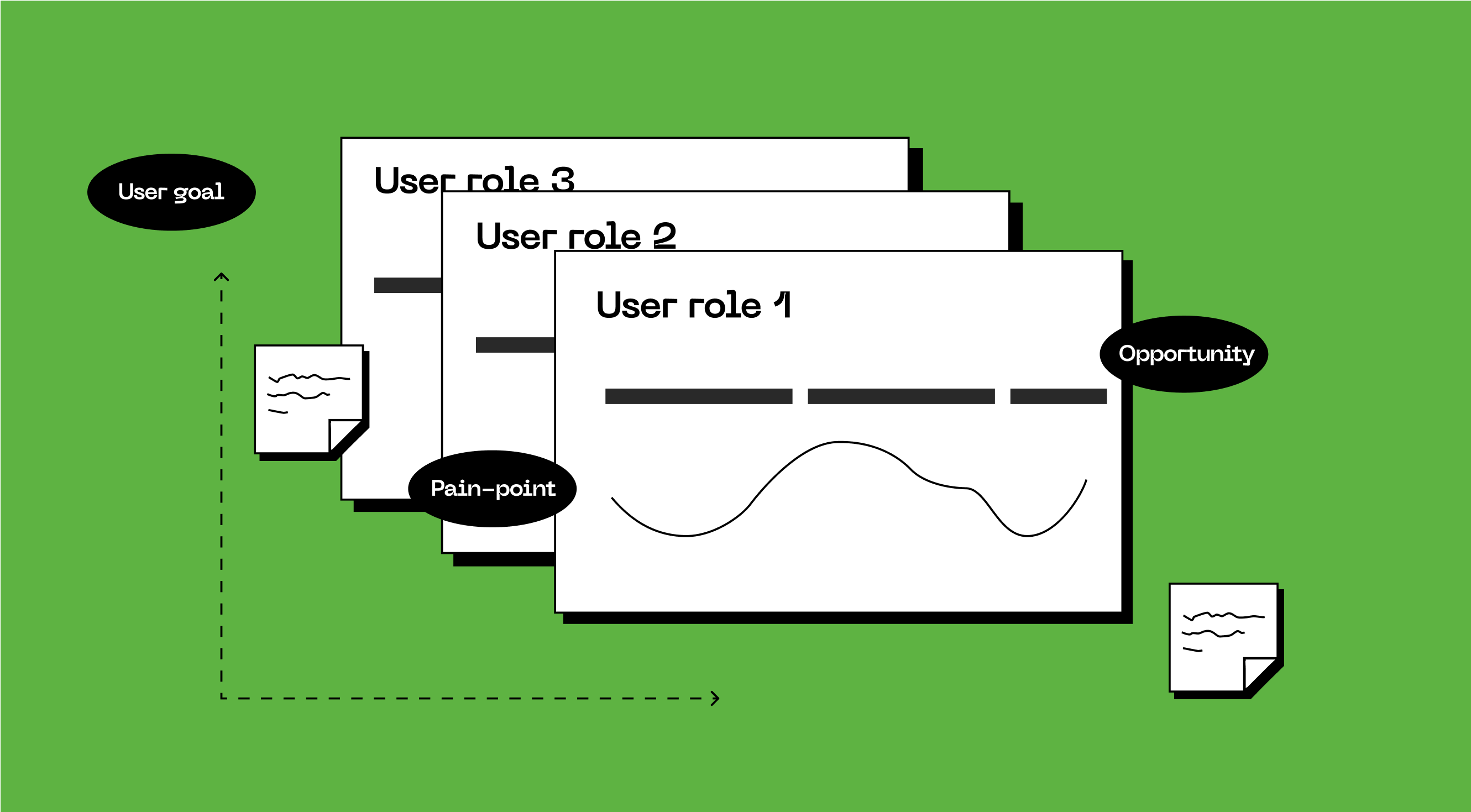

In enterprise software, product teams often prioritize features without fully understanding & aligning on user context. This leads to fragmented experiences, especially across complex workflows.
To address this, I anchor design work around user journeys - mapping intent, actions, tools, and emotional touchpoints across time. This enables clearer prioritization, more relevant solutions, and stronger alignment across teams.
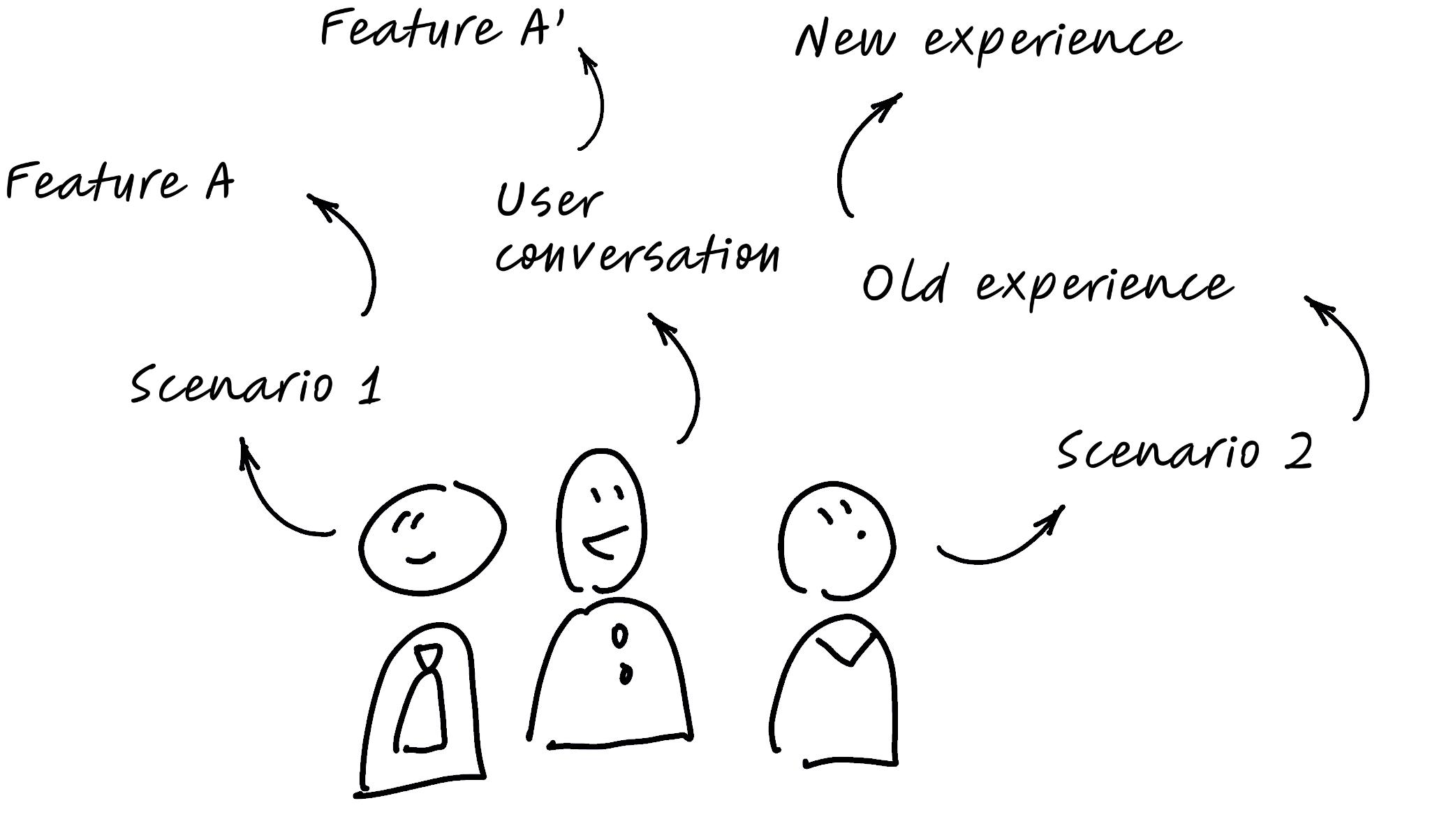
Journey thinking provides structure for uncovering systemic issues and identifying meaningful design interventions.
Approach steps:
This process has been applied both in improving mature products and in guiding new product development.
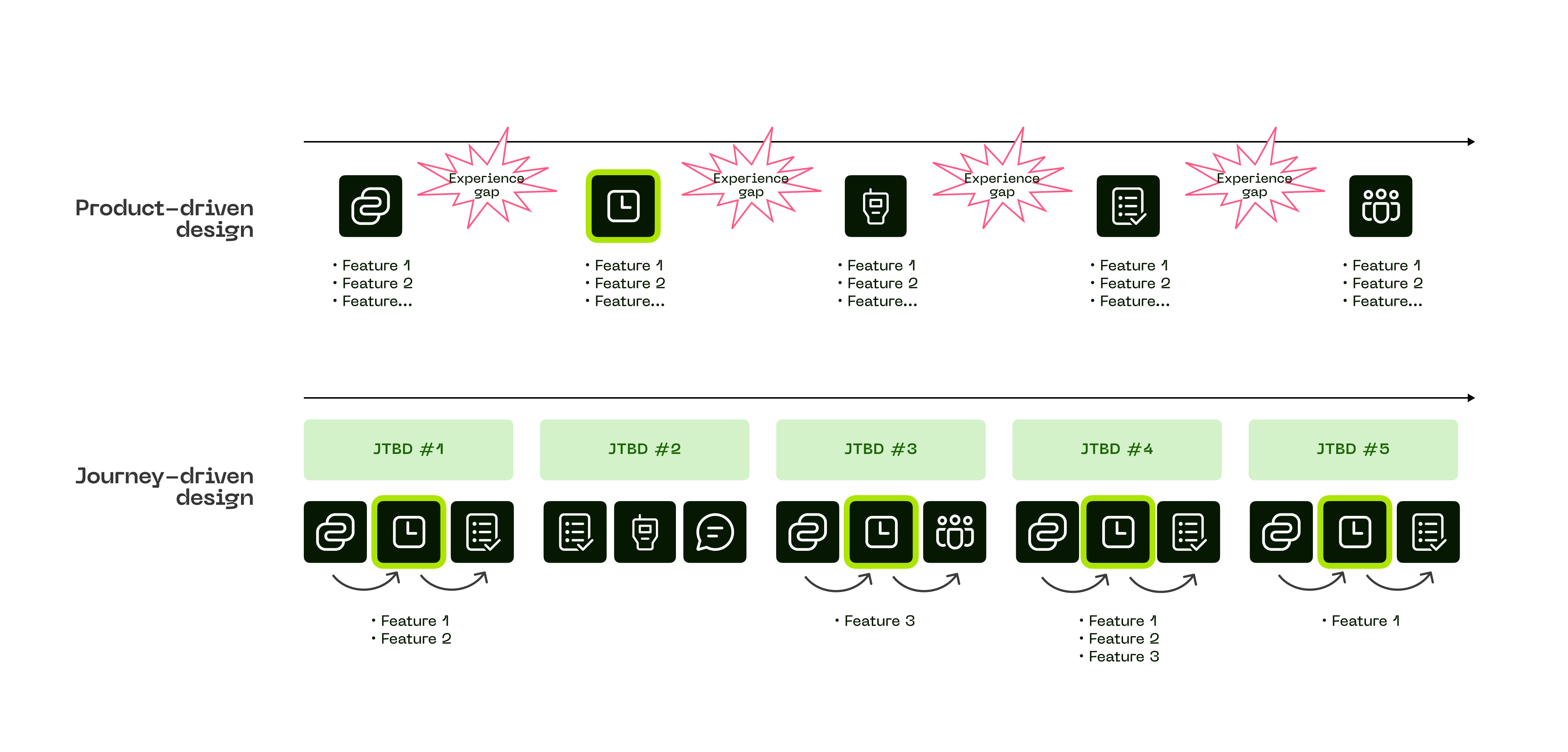
e.g. 1: Refining an Existing Product - Teams for Frontline
The team aimed to improve shift-management workflows used by frontline managers. Existing experiences were fragmented across multiple surfaces and channels. Using journey mapping, we identified key blockers—particularly around experience gaps in onboarding & overall efficiency in boarder context. The revised UX consolidated these actions into a single flow, reducing steps and improving clarity.


e.g. 2: Building a New Product - SharePoint Sales Content Solution
The goal was to create a new solution that helps sales teams quickly find the right content. We began by mapping out the end-to-end seller content journey—from initial need to confident delivery. The revealed insights directly informed the V1 product scope and guided UX and AI strategy.
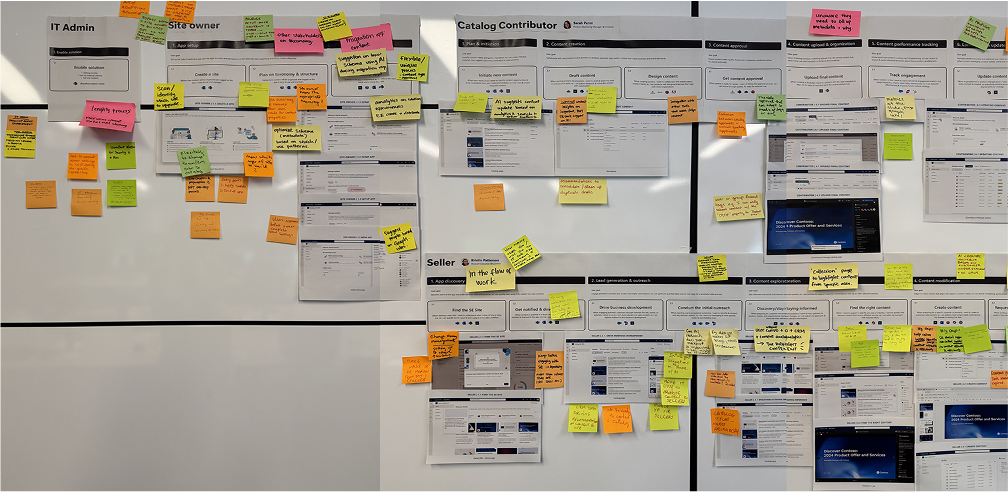
Journey artifacts became shared tools for strategy, prioritization, and alignment, to extending their value beyond initial discovery.
In both projects:
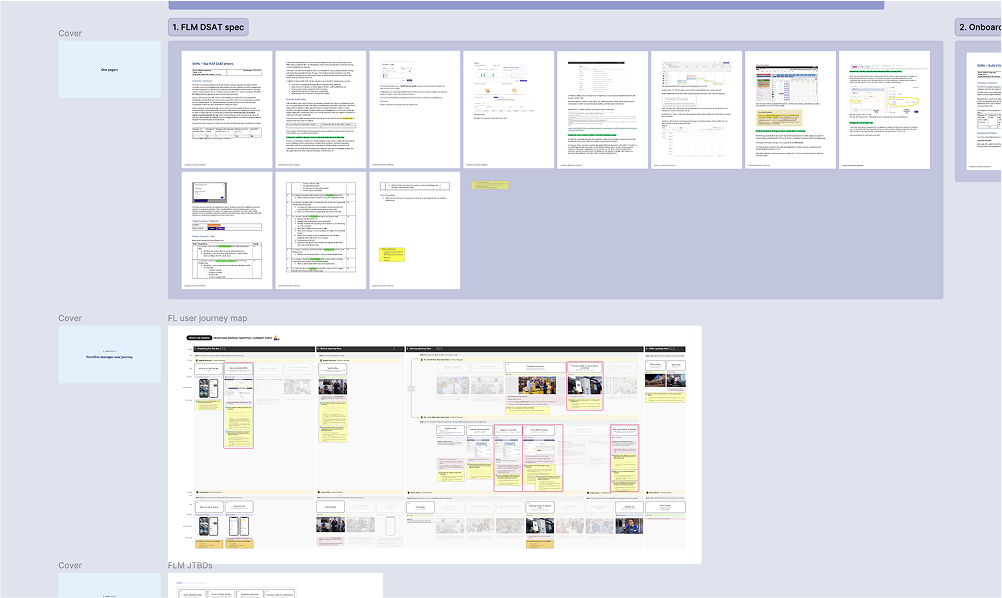
The journey-first approach contributed to measurable improvements in user experience and team efficiency. Redesigning a legacy tool under resource constraints required clarity in prioritization and a user-centered mindset.

Key Takeaways: